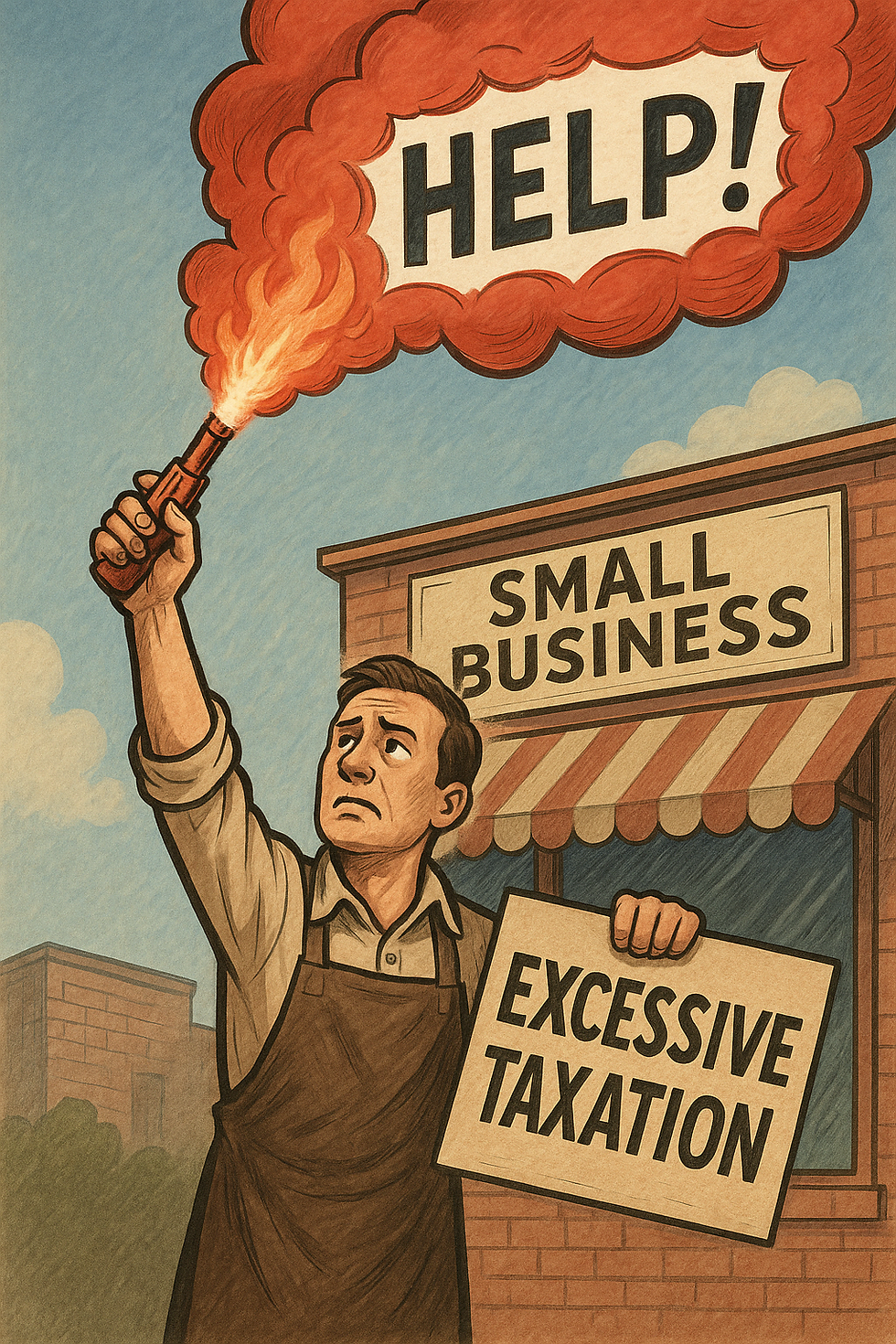The most important - and underreported - part of Idaho legislature's special session
- Chris Cargill

- Aug 31, 2022
- 3 min read
Updated: Jul 21, 2023

Depending on the results of Thursday's special legislative session, Idaho could be joining the “Flat Tax Revolution.” As we noted in our research on the Idaho Quality Education Act, many states are moving in the direction of lower, flat income taxes. Those include Arizona and Iowa, which just lowered their income taxes rates to 2.5% and 3.9% respectively - and made them flat.
Even at the 5.8%, Idaho's rate will remain relatively high. Still, moving in the direction of lowering - and flattening - the tax is a win for Idaho's working families.
According to the Tax Foundation:
“Flat taxes are meaningfully simple, however, in several ways. It is easier to forecast revenue under a flat tax, and to project the revenue effects of potential tax changes. It is easier for taxpayers to estimate their tax liability and how it would change under different income scenarios, which enhances tax transparency and potentially improves some economic decision-making. It accords better with impressions that taxpayers form of tax burdens based on headline rates, such that individuals and small businesses may be more attracted to a state with a relatively lower flat rate than one with a graduated-rate system that would yield similar liability. And it simplifies the function by which taxpayers decide whether to work or invest more on the margin, since all marginal returns to labor and investment are exposed to the same rate.
Of greater significance for taxpayers, however, is that flat-rate income taxes tend to function as a bulwark against unnecessary tax increases, and to provide greater certainty for individual and business taxpayers. Economic decisions are made on the margin; choices about investments, labor, or relocation will be made on the basis of the effect on the next dollar of income, not the prior ones. A competitive top marginal rate matters most for economic growth, and flat income taxes—given their ‘all-in’ nature—not only mean a lower rate on that all-important margin, but tend to be harder to raise in the future, whereas highly graduated taxes are more susceptible to targeted, but often economically inefficient, tax hikes.”
Moving away from graduated income taxes will help improve Idaho’s competitiveness and reduce revenue volatility. As noted by the state’s recent credit rating from Fitch (emphasis added):
“Idaho's revenues, largely individual income and sales taxes, are economically sensitive, particularly income taxes…Idaho's revenues are derived primarily from individual income tax, accounting for nearly half of general fund receipts, and sales taxes, making up about 40%.
Tax revenue performance is sensitive to changes in the economy, particularly the component of individual income tax derived from non-withholding.”
The volatility of income taxes is something that has been noted in Washington’s credit rating. Per Standard and Poor’s(emphasis added):
“Washington's revenues have historically exhibited less cyclicality than others (due in part to the lack of a personal income tax) . . . we have observed that capital gains-related tax revenues are among the most cyclical and difficult to forecast revenues in numerous other states."
The Washington Policy Center has also done terrific work on this subject. They noted this about the impact of that state’s tax structures on revenue volatility:
“Though there is no recession-proof tax structure, Washington has consistently ranked as having relatively stable tax collections compared to other states. The reason for this is Washington’s three major tax sources (sales, gross receipts, and property) are among the least volatile taxes. Graduated income taxes, however, are the most volatile taxes.”
California’s Legislative Analyst’s Office echoes these concerns about the volatility of graduated income taxes:
“The PIT (Personal Income Tax) is also a highly volatile revenue stream. Its unpredictable revenue swings complicate budgetary planning and contributed to the state’s boom‑and‑bust budgeting of the 2000s. In a February 2017 report, we reviewed the volatility of the PIT base. In this report, we analyze how the PIT structure—its graduated rate structure and various deductions and credits—contributes to volatility. The state has made various choices about the design of the PIT. We find that about 40 percent of PIT volatility is due to choices about which types of income to tax. About another 40 percent of PIT volatility is due to the rate structure, which taxes higher incomes at higher rates. This amplifies the volatility of taxes paid by high‑income taxpayers.”
The Tax Foundation also recently conducted a review of academic economic studies and found:
“The likelihood of an employed head of household obtaining a better job within a year is higher when a tax system’s progressivity is reduced. A decrease in a tax system’s progressivity is associated with an increase in the real growth rate of wages.”
By moving to a flat income tax, Idaho is taking ongoing steps to improve its competitiveness and revenue reliability. Moving to a flat rate could also eventually put Idaho on the path to adopting a revenue-trigger phase-out of its income tax based on future growth.
This proposal, as part of the Thursday special session, is the most important - and underreported - part of the session.







Comments